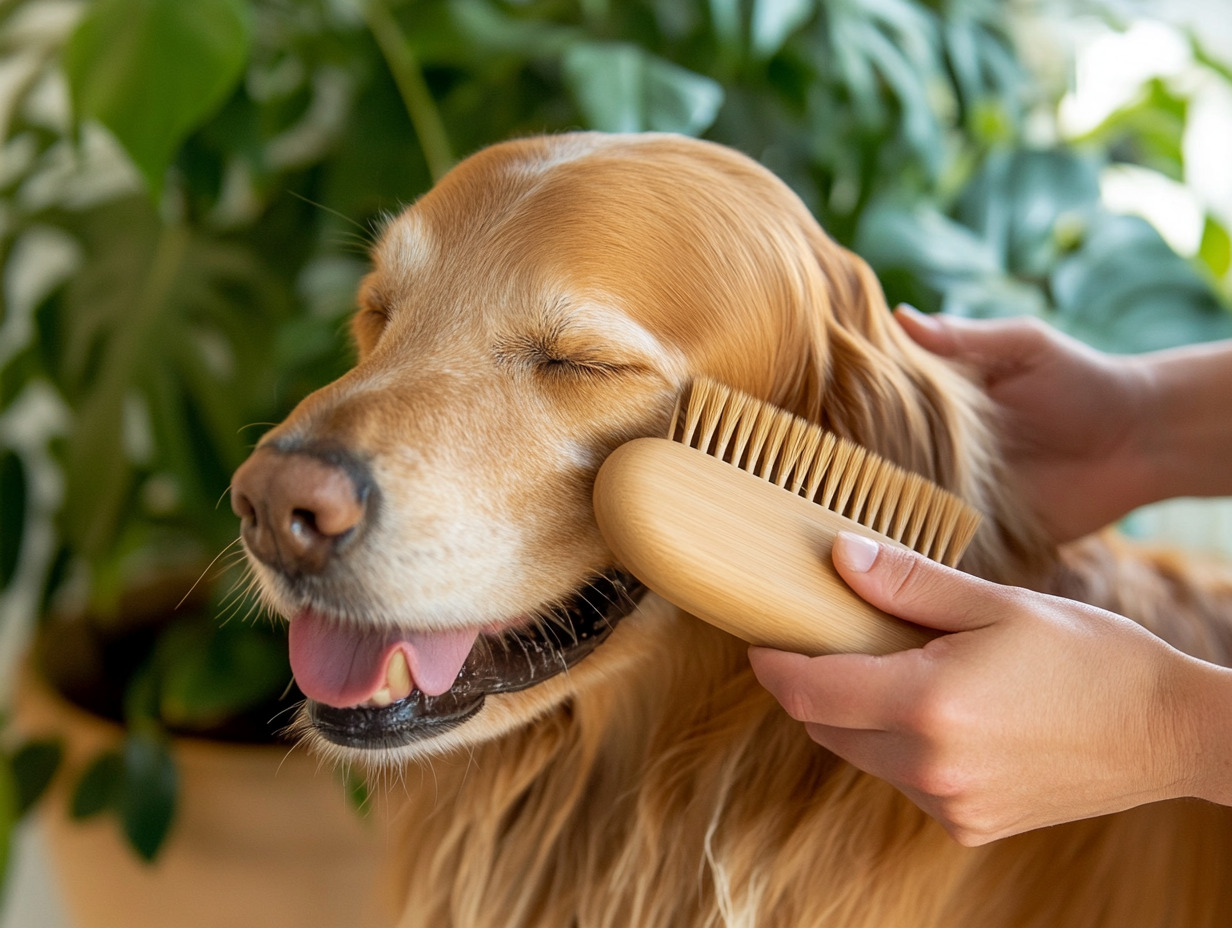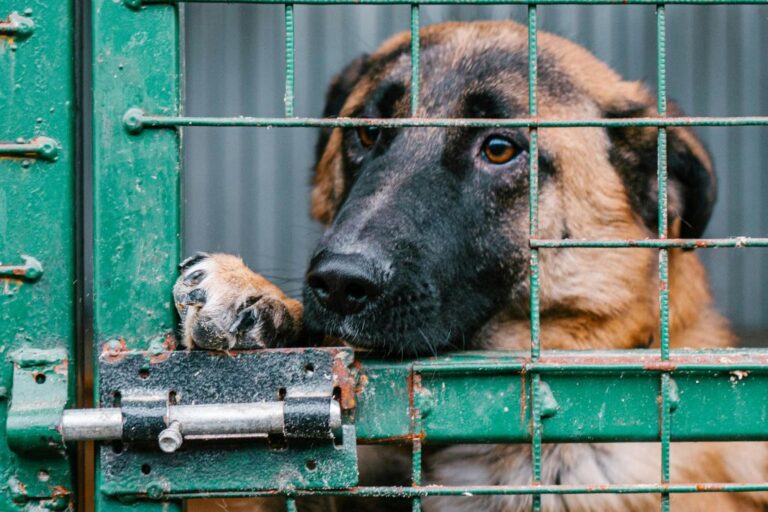How to Deal with Dog Allergies: Tips for Owners and Guests
Dog allergies can be challenging, whether you’re a dog owner struggling with symptoms or a guest visiting a friend’s home with furry companions. Allergies to dogs are commonly triggered by proteins found in their skin cells (dander), saliva, or urine, leading to symptoms like sneezing, itching, watery eyes, or even asthma attacks. Fortunately, there are effective strategies to manage these allergies and still enjoy the company of dogs. Here are helpful tips for owners and guests on how to deal with dog allergies.
1. Understand the Source of Allergies

Dog allergies are usually caused by dander—tiny, even microscopic flakes of skin shed by dogs—as well as proteins in their saliva and urine. Even breeds often labeled as “hypoallergenic” can produce allergens, so awareness is the first step in managing symptoms.
2. Maintain Regular Grooming and Cleaning
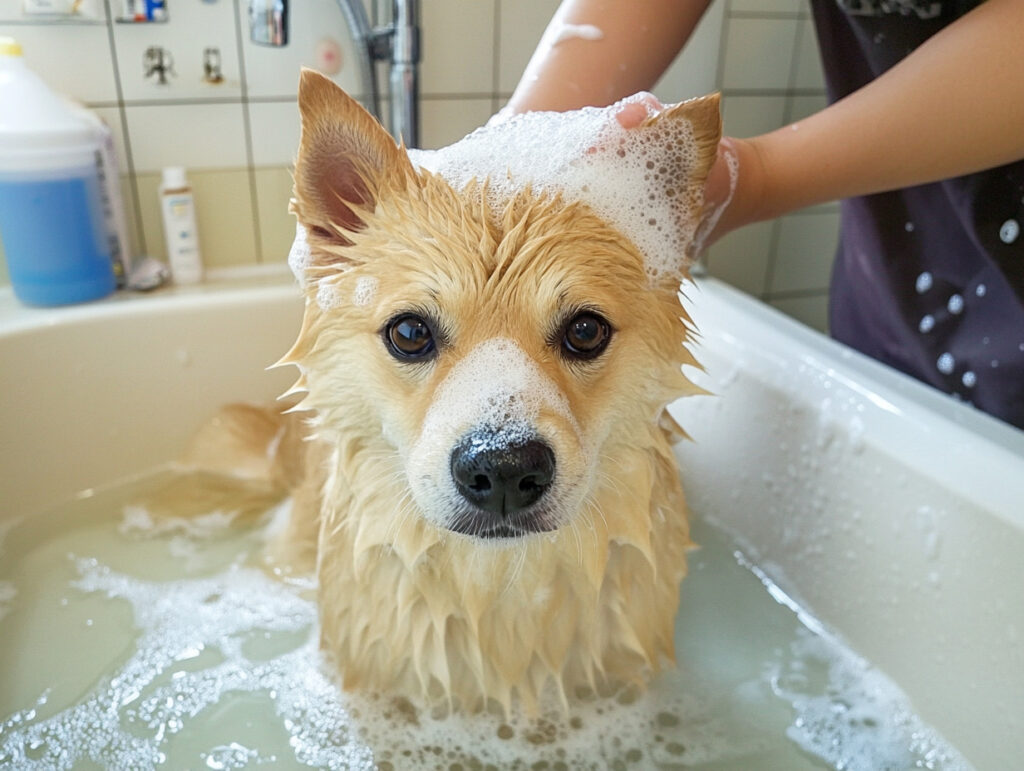
Frequent bathing and brushing of your dog help reduce dander and loose hair. Using pet-friendly shampoos designed to minimize allergens can be beneficial. Additionally, vacuum your home regularly with a vacuum equipped with a HEPA filter and clean furniture, bedding, and curtains often to reduce allergen buildup.
3. Create Allergy-Free Zones
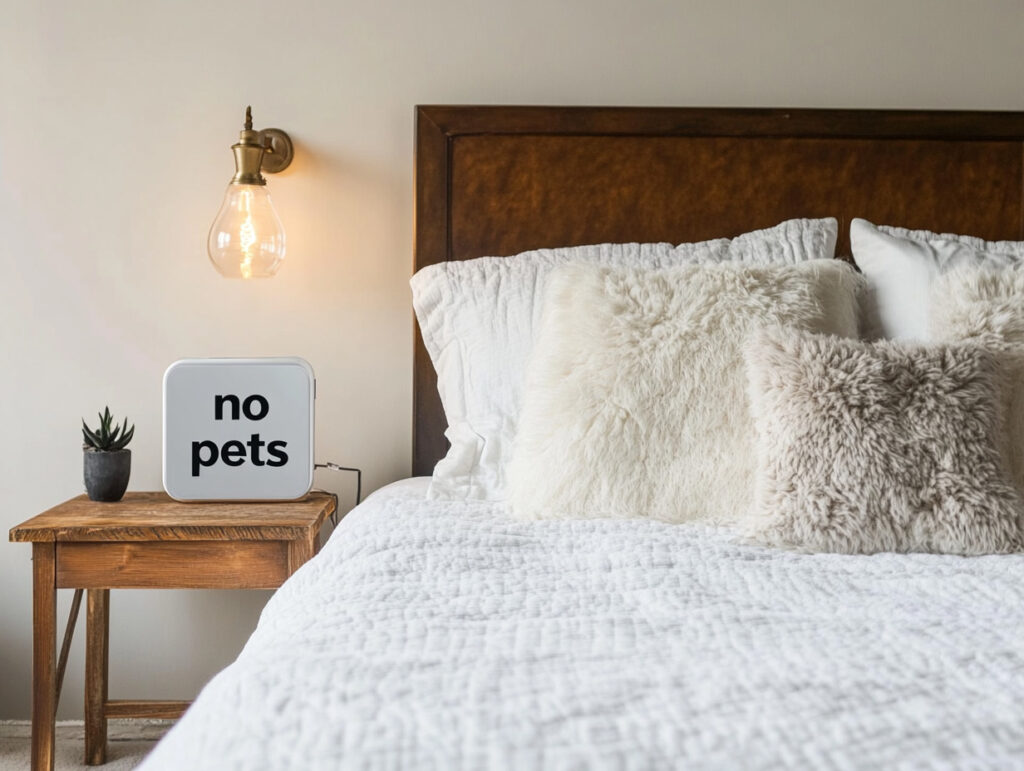
Establish areas in your home, such as bedrooms or certain furniture, where dogs are not allowed. This gives allergy sufferers a safe space to breathe easier. Use air purifiers with HEPA filters in these zones to further reduce airborne allergens.
4. Wash Hands and Change Clothes

After playing with or petting dogs, washing your hands thoroughly helps reduce allergen transfer. Guests and owners alike should consider changing clothes after interacting with dogs, especially before going to allergy-free zones or bedtime.
5. Use Allergy Medications and Consult a Doctor

Over-the-counter antihistamines, decongestants, or nasal sprays can relieve mild allergy symptoms. For more severe cases, consult an allergist who may recommend prescription medications or immunotherapy (allergy shots) to build tolerance over time.
6. Consider Dog Diet and Supplements
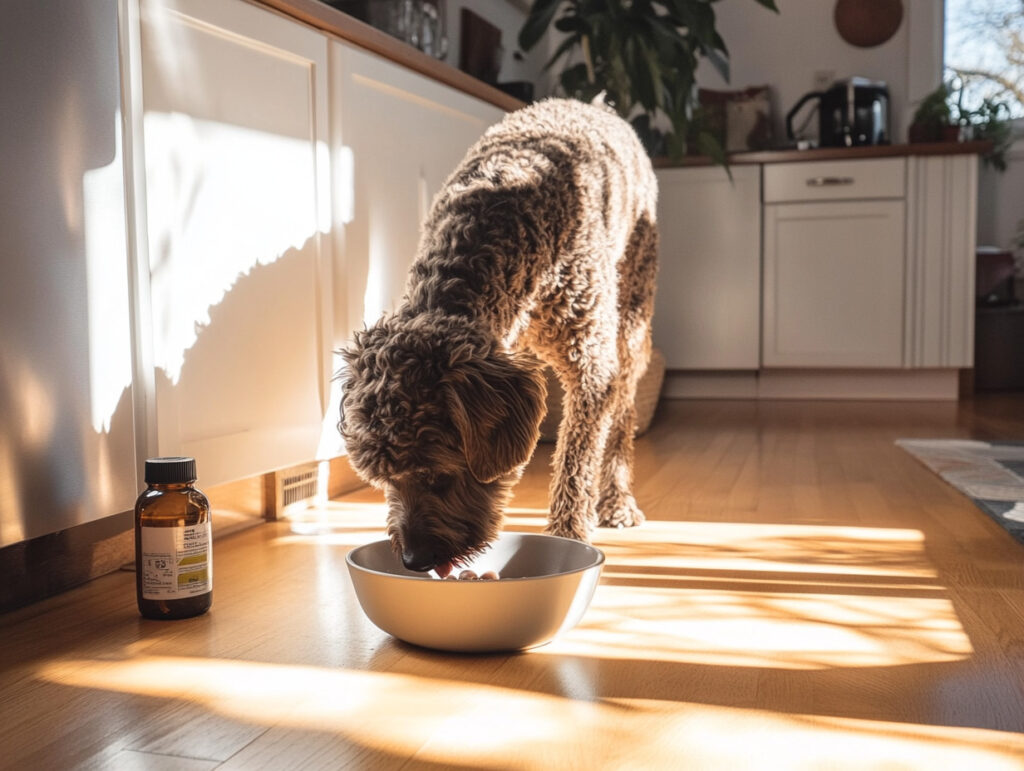
Some evidence suggests that feeding dogs certain diets or supplements, such as omega-3 fatty acids, may reduce skin inflammation and dander production. Discuss with your veterinarian whether dietary changes could help lessen allergens.
7. Keep Dogs Clean After Outdoor Activities
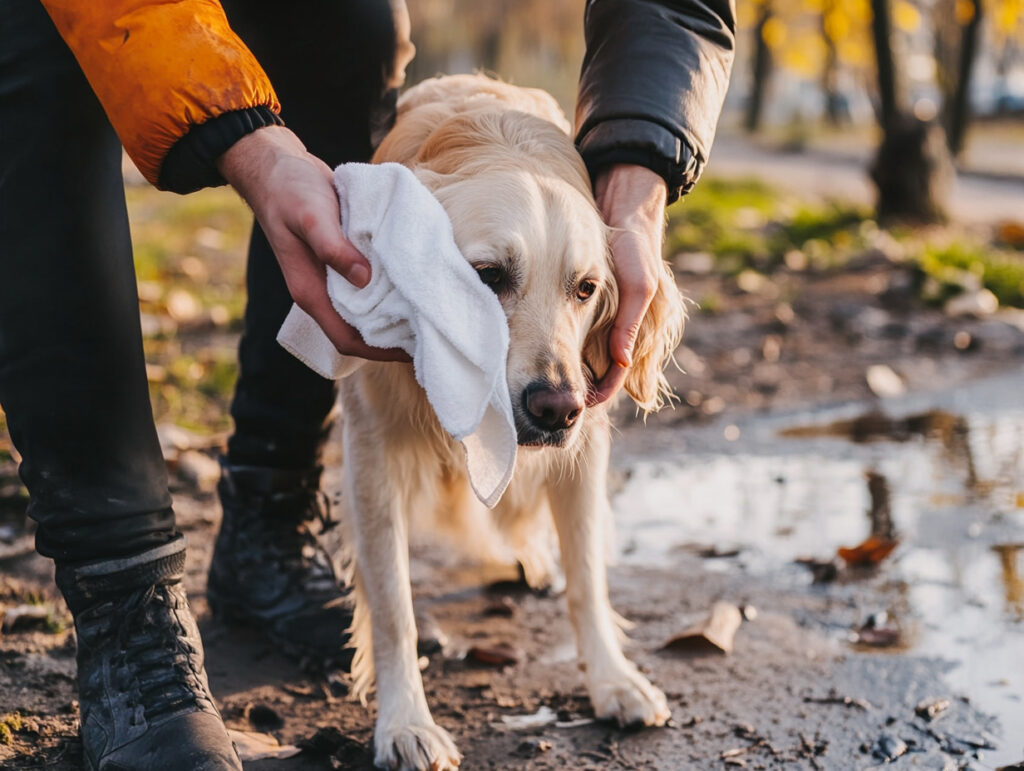
After outdoor walks or play, wiping your dog’s paws and coat with pet-friendly wipes can reduce the amount of pollen, dirt, and other allergens brought indoors, which can exacerbate allergy symptoms.
8. Ventilate Your Home

Good ventilation helps lower allergen levels inside the house. Open windows when weather permits and use exhaust fans to improve air circulation and reduce indoor allergen concentration.
9. Manage Pet Interaction During Visits

If you’re a guest with dog allergies, communicate your needs politely before visiting. Avoid direct contact with dogs if possible, and ask hosts about their pet cleaning routines. Carry allergy medications with you just in case.
10. Explore Hypoallergenic Dog Breeds
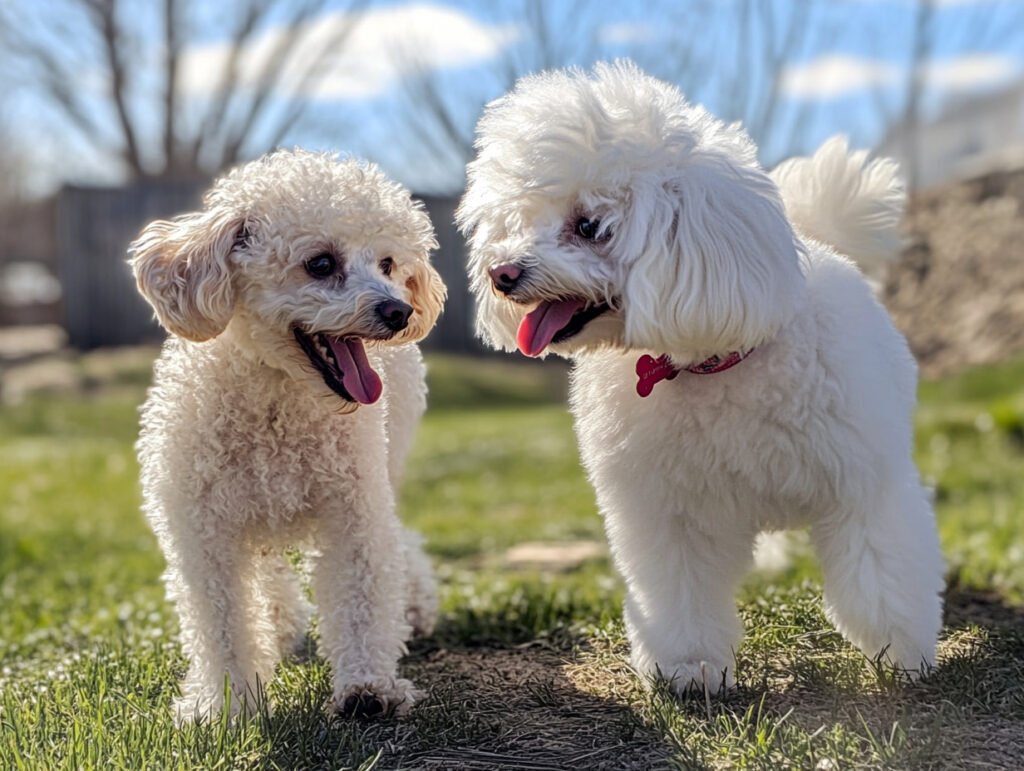
While no dog is completely allergen-free, some breeds like Poodles, Bichon Frises, or Portuguese Water Dogs tend to shed less dander. For allergy sufferers considering dog ownership, researching these breeds may lead to fewer symptoms.
Living Harmoniously with Dog Allergies
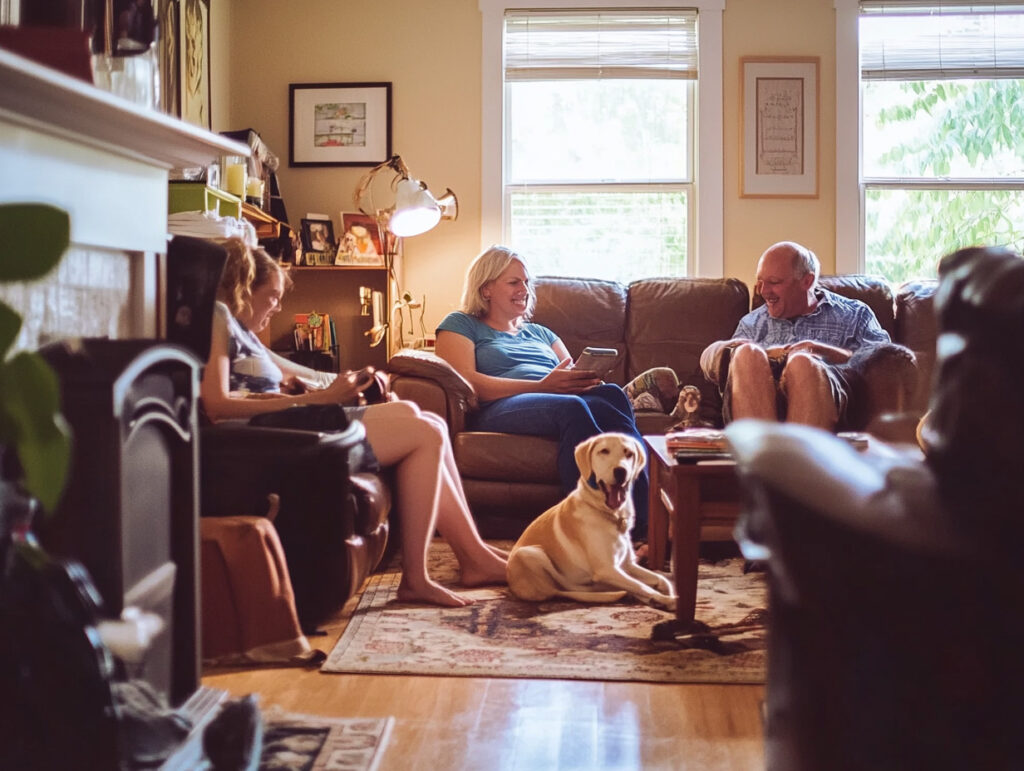
Dealing with dog allergies requires a combination of cleaning, preventive measures, and sometimes medical intervention. With mindful habits and open communication, both dog owners and guests can enjoy the warmth and companionship dogs offer while minimizing allergy discomfort. Understanding how to manage allergens effectively ensures that dogs remain beloved members of the family and social circle.

